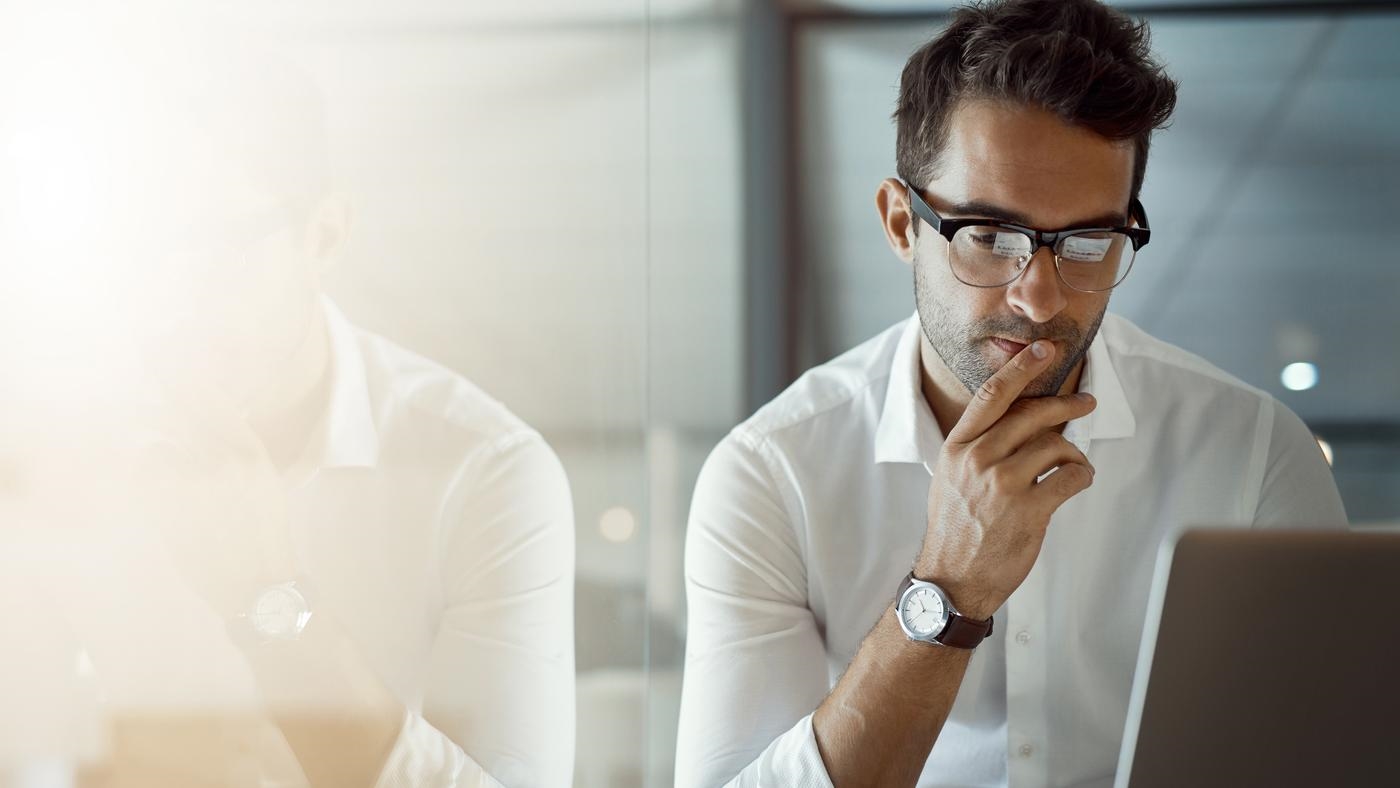Could 2021 be the start of a new super-cycle?
Commodity demand to strengthen in a resurgent global economy
1 minute read
Simon Flowers
Chairman, Chief Analyst and author of The Edge

Simon Flowers
Chairman, Chief Analyst and author of The Edge
Simon is our Chief Analyst; he provides thought leadership on the trends and innovations shaping the energy industry.
Latest articles by Simon
-
The Edge
What next for East Med gas?
-
The Edge
Why upstream companies might break their capital discipline rules
-
The Edge
Walking Japan’s energy tightrope
-
The Edge
No country for oil men (and women)
-
The Edge
Battery energy storage comes of age
-
The Edge
CCUS’s breakthrough year
Might 2021 come to be remembered as the great recovery? Vaccinations promise to put a lid on the pandemic, pull the world out of the worst recession since the Great Depression and lead to resurgent economic growth.
Our updated forecasts of 4.3% global GDP growth in 2021 would add around US$4 trillion to GDP, equivalent to another Germany, the world’s fourth-largest economy, and take global economic output back almost to 2019 levels. I talked to Peter Martin, Head of Economic Analysis, about how the recovery will unfold and the potentially bullish implications for commodities, one of our big themes for 2021.
But, first, the recovery hasn’t exactly got off to a flying start. Rising new daily cases of Covid-19 have led to a ratcheting up of restrictions – dampening growth and sending the worst-affected economies back into recession. Emergency fiscal support is being extended in many developed economies. Globally, restrictions are converging back towards the peak levels seen in April 2020.
Thankfully, there’s light at the end of the tunnel with the roll-out of vaccine programmes now underway. Economies leading the vaccination charge can look forward to an easing of restrictions by the second half of 2021. Yet vaccination is not a panacea; social distancing, testing and isolating cases will remain for some time. A critical mass of populations, 70% to 80%, will need to be covered before transmission rates can safely be controlled and economies freed from restrictions.
The recovery will be asymmetric – across countries, sectors and households.
Second, the recovery will be asymmetric – across countries, sectors and households. China, the only major economy to record year-on-year GDP growth in 2020, will lead an Asia Pacific region which is already showing strong upward momentum. Europe, in contrast, lags – the UK and France, for instance, are not expected to surpass 2019 GDP levels until 2023 and 2024, respectively.
In the US, the Biden administration will unleash fiscal fire power to boost short-term growth while kicking questions of public debt management and tax policy into the long grass. It’s an approach in line with the World Bank, IMF and OECD, which advise against premature fiscal tightening for fear of stifling the recovery.
The poorest countries will continue to suffer economically in 2021, lacking access to vaccines despite the best efforts of global alliances to counteract vaccine nationalism.
How different sectors fare depends on how long social restrictions remain in place. International aviation faces a long haul back to a new normal – not good for jet fuel demand. A ban on large congregations of people in open or enclosed spaces seem to doom live sports, festivals and concerts for some time yet.
Third, pent-up consumer spend. Household savings rates have soared in the pandemic with little opportunity to spend and as concern grew over the economic outlook. But any spending rebound will be highly nuanced. Most of the cash has been saved by high earners or wealthy people, who will buy big ticket consumer goods and experiences. The impact on wider consumption may be somewhat muted.
Fourth, Covid-19 will leave permanent scars. While the global economy recovers to 2019 levels in 2022, output in 2025 is 3.6% below the pre-Covid trajectory. This loss of potential output stems from erosion of labour productivity, capital destruction and a debt drag from the increase in public debt levels.
Fifth, the gathering economic bounce augurs well for a much better year in commodity markets. Oil, gas and base metals prices have already rallied in anticipation of demand strengthening.
The big question is whether 2021 heralds the start of sustained higher commodity demand through the decade, perhaps even another super-cycle. We expect GDP growth to average 2.3% annually from 2025 through 2050, below the 2.9% rate since 2000; yet the global economy will still double in size over the next three decades.
Investment in the energy transition will be a massive and lasting new driver for commodities – we estimate at least US$40 trillion will be spent over the next 20 years. It’s central to the post-pandemic stimulus packages and will carry on well beyond. Governments will seek to ‘crowd in’ investment in solar and wind; to develop the emerging technologies needed for net zero such as energy storage, green hydrogen and carbon capture and storage; and to invest for a massive expansion of the infrastructure to support electrification.
We think not enough attention’s being paid to the transition commodities – among them copper, aluminium, nickel, lithium, cobalt, perhaps gas and LNG, too. Decisions will have to be made, and made soon, if new supply is to be delivered in time. A sustained period of firm prices would provide the necessary incentive for investors to commit.






